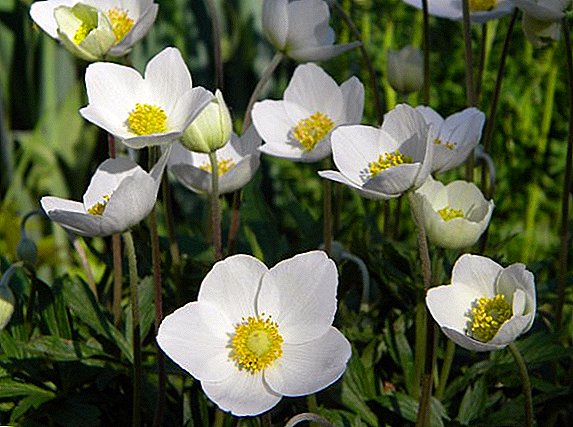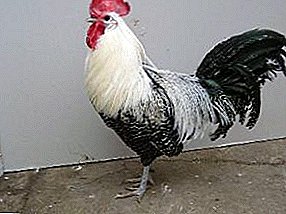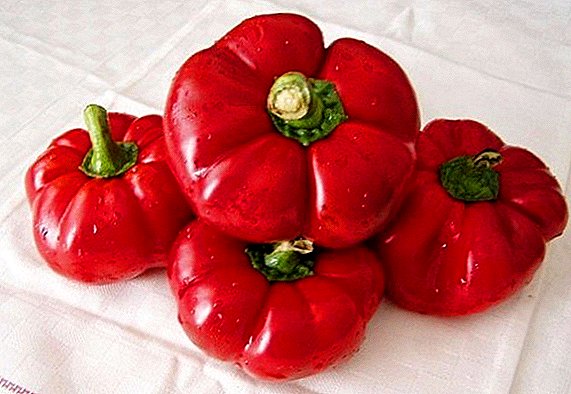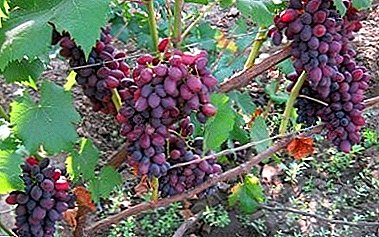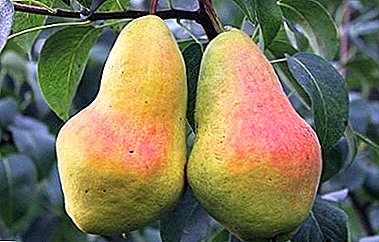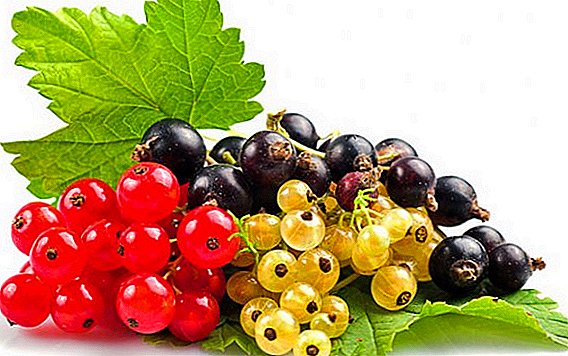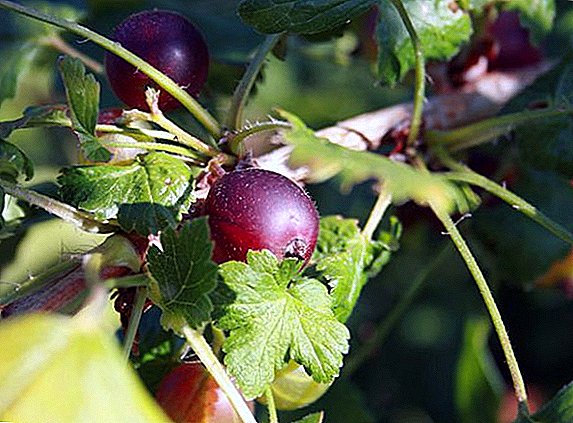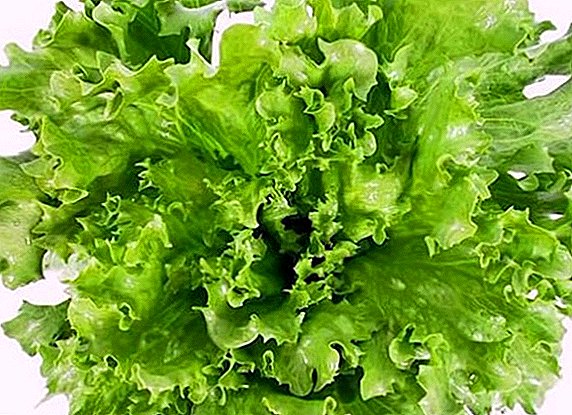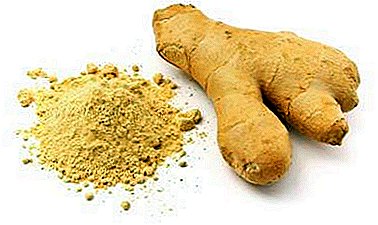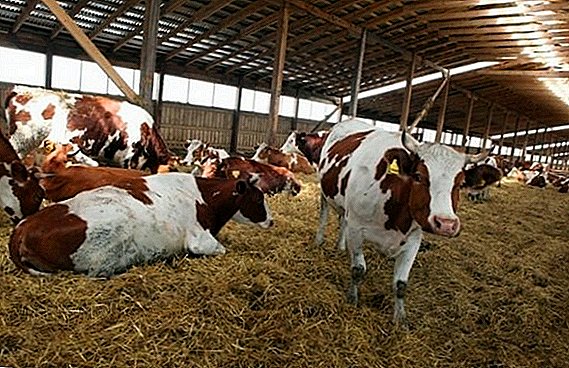 The red-and-white breed of cows appeared relatively recently, but managed to take its place among the most popular breeds for breeding both in private households and on large farms. It conquers with its adaptability to various conditions, omnivorousness, resistance to stress and good milk and meat indicators. In our article we will talk about the features of the content of these animals.
The red-and-white breed of cows appeared relatively recently, but managed to take its place among the most popular breeds for breeding both in private households and on large farms. It conquers with its adaptability to various conditions, omnivorousness, resistance to stress and good milk and meat indicators. In our article we will talk about the features of the content of these animals.
History and general characteristics
The breed was officially registered in 1998. This event was preceded by a long and hard work of breeders. 
Selection work
Work on the breed was begun in 1977. It was carried out in three stages:
- insemination of Simmental cows with sperm of bulls of the red-motley Holstein breed in order to get the offspring of the first generation;
- getting hybrids II and III generations;
- selection of individuals that meet the requirements for further crossing between them, to get a new breed.
Familiarize yourself with the breeds of cows in the meat and dairy areas: Alatau, Bestuzhev, Caucasian brown, Krasnogorbatov, Schwyck.
Standard
- Weight. 900-1100 kg (male), up to 600 kg (female), up to 485 kg (heifers), 36-38 kg (newborn baby), 37-39 kg (newborn bull).
- Height at withers. 140-145 cm (bull), 132-138 cm (cow).
- Suit. Red-motley. Variations in color from light red to dark brown are possible.
- Wool. Short, smooth.
- Udder. Cup-shaped with cylindrical nipples. Index 42-43%.
- Head. Big, with a wide forehead.
- Horn. Small, white, the tips are yellow-brown, turned forward.
- Torso. Compact, muscular, with obliquely set edges.
- Neck. Long, flat, with a hump at the bulls.
- Chest. Narrow, deep, with folds. Girth in cows - up to 200 cm, in bulls - 230-235 cm.

Meat and Dairy Indicators
- Udy. 540 kg for the first lactation, 700 kg for the second, after the third calving - 5-6 tons.
- Fat 3,8-4,09 %.
- Protein. 3,2-3,4 %.
- Milk giving. 1.6-1.8 kg / min.
- Milk is used to make butter and hard cheese.
- The calf is born weighing 33-37 kg. By the year gaining 250-300 kg. In the 16-18 months weighs 380-400 kg. Weight gain up to six months is 1.5 kg per day.
- Bullheads are put on fattening at 12-14 months. To be slaughtered at the age of 15-18 months. At this age, the meat yield is 56-60%. The output of chicken meat is 52.5-54%.
Learn more about cow's milk: density, fat content, composition, benefits and harms, processing methods and types.
Advantages and disadvantages
Breed pros:
- quite high meat and milk productivity;
- in a lifetime, a cow can have up to 14 calving;
- adaptability to any conditions;
- unpretentiousness in food.
 Of cons You can select only the possibility of udder defects such as twisted, crowded nipples.
Of cons You can select only the possibility of udder defects such as twisted, crowded nipples.
Read also about the black-motley breed of cows.
Maintenance and care
Cattle usually contain a tethered way. In winter, they live in stalls, and in summer they walk on pastures. For each period of content has its own characteristics.
Summer walking ground
The walking platform must be in every farm engaged in cattle breeding. While walking, the cow supports the normal physiological functioning of all systems in the body. The site is constructed in such a way that each cow has 15 square meters. m area in the absence of hard surface and 8 square meters. m - for the site with a hard surface. Young animals need 10 and 5 square meters. m, respectively, calves - 5 and 2 square meters. m, respectively.  It is desirable to equip the paddock area on the south side of the buildings so that it is protected from drafts. On its territory you need to place the feeders and drinkers. It is also necessary to arrange a place with a canopywhere animals can shelter from the weather or the scorching sun.
It is desirable to equip the paddock area on the south side of the buildings so that it is protected from drafts. On its territory you need to place the feeders and drinkers. It is also necessary to arrange a place with a canopywhere animals can shelter from the weather or the scorching sun.
Important! Animals can be released on the walking ground even in winter, but not longer than 4-6 hours. In the summer, they can spend up to 12-14 hours here.
Arrangement of the barn
The stall is the main part of the barn. For the comfortable maintenance of one individual it is necessary to allocate a space of 2.5 square meters In each stall, a feeder is installed in which about 6 kg of hay can fit. It can be made of wood or metal. The latter are more often used on pastures. It is advisable to make one for dry feed, and another for wet foods. Nearby should be a drinking bowl, the best is automatic. The shape of feeders and drinkers should be such that animals can safely get to their contents.
In the stall of cows contain leash. The chain must be chosen in such a way that it does not restrict the movement of the animal, does not hurt it, was easily removed, but at the same time was durable.  The floor in the stall is lined with straw cutting, peat. Often use a mixture of these materials in the ratio of 2: 1. This litter absorbs urine and gases more efficiently. For one specimen you need 3 kg of such litter per day.
The floor in the stall is lined with straw cutting, peat. Often use a mixture of these materials in the ratio of 2: 1. This litter absorbs urine and gases more efficiently. For one specimen you need 3 kg of such litter per day.
Important! If an automatic manure removal system is installed in the barn, the litter can be changed infrequently. Fresh straw is piled on top. When the layer becomes more than a meter thick, the litter must be completely replaced.
Conditions of detention
Comfortable temperature in the barn for red-motley cows is +10 ° C, but its variations from +4 ° С (in winter) to +20 ° С (in summer) are permissible. To maintain the temperature within the specified limits helps the ventilation system. It also provides fresh air. It can flow through the windows, but it is best to arrange ventilation. It is constructed in such a way that there are no drafts.
In order for animals to develop normally and to enjoy the performance of milk yield, good lighting is necessary in the barn. Duration of daylight should be about 16 hours. It is best to use LED lamps. They are more economical and durable. In addition, their body is well protected from moisture.
Cleaning the barn
Ammonia and carbon dioxide are released together with the waste products of cows. In large quantities, they are harmful to the cows, therefore, cleaning of excrement and changing litter should be done daily. Feeders and drinkers also require this, since pathogenic microorganisms can develop in food residues.  If the manure is collected in special storage facilities, it is possible to keep the cows on thick bedding. In this case, it is changed twice a year. This method of maintenance is permissible only with good ventilation. Otherwise, the litter is replaced every day.
If the manure is collected in special storage facilities, it is possible to keep the cows on thick bedding. In this case, it is changed twice a year. This method of maintenance is permissible only with good ventilation. Otherwise, the litter is replaced every day.
Did you know? Cows have a developed sense of time, so they are recommended to be milked at the same time, otherwise the milk yield and fat content will decrease.
Feeding ration
For the red-and-white cows to give good milk and in large quantities, they must be fed in a balanced and on schedule.
Summer walking in the pasture
The basis of the diet of cows in the summer is fresh grass. But to transfer an animal to such a menu is necessary gradually so that there are no problems with the stomach. On the first day, release the herd to pasture for 2-3 hours in the morning and evening. It is advisable to feed the cows with hay before walking.
Read more about grazing cows on pasture.
Pasture needs to be prepared in advance. The place should be dry and without mollusks, which are an intermediate in the life cycle of helminths. Clover, alfalfa, vetch, pea, timothy and meadow grass should grow here. These plants increase the fat content of milk.
Per day one individual eats 50 kg of grass. Of these, 5 kg is the dried mass, which is given at night for the best work of the stomach.  In addition to herbs, the summer diet of cows includes beets, carrots, raw potatoes, turnips, rutabaga. You can make a talker: mix bran with chopped potatoes, salt and add water.
In addition to herbs, the summer diet of cows includes beets, carrots, raw potatoes, turnips, rutabaga. You can make a talker: mix bran with chopped potatoes, salt and add water.
Differences in winter feeding
For the winter, red-motley cows are converted to hay, and silage and root crops are gradually removed from the diet. On the day of the dairy specimen, 1.5–2 kg of hay per 100 kg of its weight, as well as up to 4–6 kg of oatmeal or rye straw, 3–6 kg of pea straw, or 3-4 kg of chaff are needed.
Learn more about the diet and grazing of cows in the winter.
The daily winter diet of the female cow may be as follows:
- 9 kg wheat grass hay;
- 2-3 kg of silage corn;
- 8-9 kg of haylage;
- 2-3 kg of dry grass, legumes;
- up to 3 kg of feed.
Daily diet of a bull:
- 5 kg of hay;
- 11 kg of silage;
- 3 kg of concentrates;
- 6 kg of root vegetables;
- 60 g of salt and feed phosphate.
Did you know? Since 1998, an international art event called the "Cow Parade". Life-sized sculptures of cows are made of fiberglass, painted and exhibited on the streets of major cities. Then they are sold, and the money goes to charity.
Red-motley breed of cows was bred to obtain high milk yield. This is what attracts many farmers. Moreover, such animals are unpretentious, with a peaceful disposition, for a long time retain the ability to reproduce. With proper care and feeding, they will give tasty and healthy milk.


